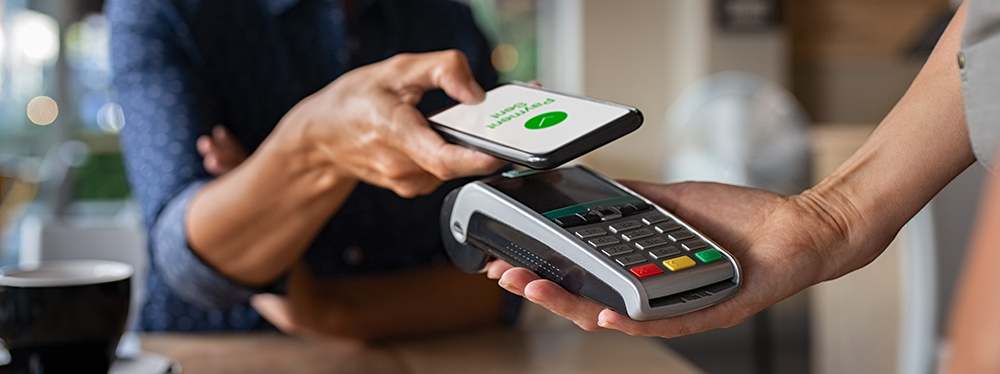Retail sales rebound as strategy becomes priority

Predictions of a retail rebound appear to be becoming a reality, with May sales skyrocketing at the fastest pace on record.
The welcome news of renewed purchasing enthusiasm comes as retailers look to their strategy for the post Covid-19 period and new consumer trends begin emerging.
So, let’s take a quick look at the current retail landscape…
May sales skyrocket
According to preliminary data from Focus Economics, nominal retail sales in May jumped 16.3 per cent over the previous month in seasonally-adjusted terms. This was in sharp contrast to April’s record 17.7 per cent freefall which was caused by widespread coronavirus shutdowns.
The rise in sales was reported as broad-based, but particularly pronounced increases were recorded in clothing, footwear and personal accessory retailing, and cafes, restaurants and takeaway food services.
“In annual terms, retail sales climbed 5.3 per cent in May, contrasting April’s 8.9 per cent plunge which had marked the sharpest decrease on record. Meanwhile, annual average growth in retail sales rose from 2.4 per cent in April to 2.6 per cent in May,” Focus Economics noted.
Consumer confidence improves
The surge in sales comes as consumer confidence also continues to improve, with the Westpac-Melbourne Institute consumer sentiment index indicating confidence has now returned to pre Covid-19 crisis levels.
Although sentiment still remains in negative territory with slightly more pessimists than optimists, major areas of improvement for June were the near-term economic outlook and spending decisions.
Strategy the retail priority
In response to the altered landscape in the wake of Covid-19, strategy has emerged as the major focus for retailers as they look to embrace a new normal and an altered customer.
According to a recent report by the Retail Doctor, 88 per cent of retailers stated they have changed their operating focus for the next 12 to 18 months, with one in four noting they are spending more than half of their time on post Covid-19 strategy development.
This strategy takes into account a changed consumer and altered purchasing behaviour.
A changed customer
The restrictions and fear of Covid-19 not only changed the temporary lifestyle of customers, it also altered their spending habits and purchasing behaviour for the longer term.
Convenience, contactless purchasing and online buying all emerged as major trends, while Retail Doctor also noted the products consumers sought to buy have changed to suit an altered lifestyle.
Their report found:
- 50 per cent of retailers expect in-store sales to decrease post Covid-19
- 80 per cent of retailers expected online sales to increase
- 78 per cent believed it would take at least nine months for optimum performance to return, with 20 per cent of those noting it could be at least 20 months
That said, 41 per cent of retailers still planned to open new stores within the different landscape. When asked whether Covid-19 had impacted their store opening strategy, the results indicated:
- Two per cent said they planned to open more stores
- 20 per cent said they still planned to open the same amount
- 19 per cent said they would open more stores, but less than previously planned
- 19 per cent said it hadn’t impacted their store opening strategy
- 26 per cent said they weren’t planning to open new stores anyway
- 15 per cent said they had cancelled new store openings
Cashless shift

Meanwhile, the Australian Financial Review has reported more and more retailers are going cashless as consumers turn to the safety of non-cash payments.
They reported ATM withdrawals in April were down 30 per cent on March and down 40 per cent on a year ago, while one retailer noted cash payments had fallen to less than 10 per cent of his store’s total sales value.
It’s a similar story in other countries like the UK where ATM transactions have fallen by 60 per cent throughout the Covid crisis, and the US where contactless payments are up 150 per cent since March last year.
The takeaway?
In terms of takeaways, it’s clear both retail and the consumer service are changing. It’s equally clear many retailers are prepared to meet the challenges ahead with fresh strategies that embrace an altered landscape.
Online retail and cashless uptake appear here to stay, but when retail offers this convenience, Australian consumers still seem more than willing to spend.
You can read about the tools available to accommodate the shifting retail landscape here.